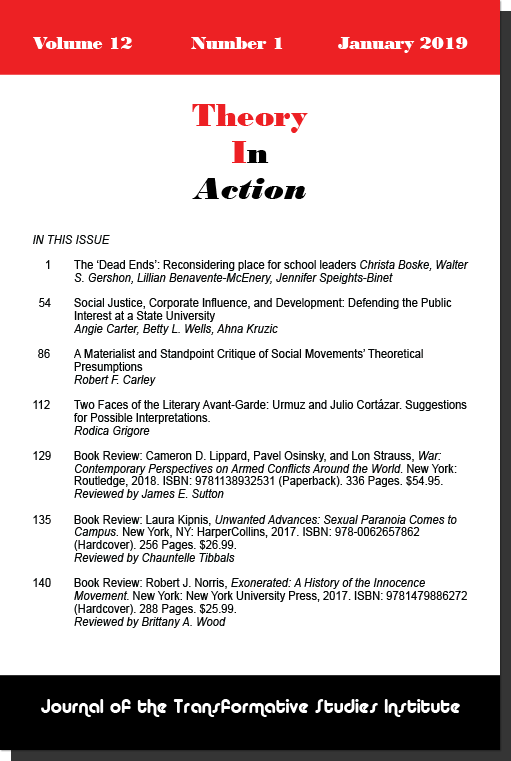Scott Melzer
New York University Press (2009)
Reviewed by Ernesto Aguilar
I was listening to a radio talk show recently where a caller complained about getting a National Rifle Association telephone ‘poll’ that consisted of one question, with the phrasing being something to the effect whether participants believed Hillary Clinton and friends were coming for their guns. The host and caller laughed about the misleading essence of the poll, but what was at issue — the way the NRA positions itself as a guardian of American values, and, more vitally, how it portrays its reputed opponents — did not really get a treatment.
Liberals generally think of Second Amendment types as gun crazies, intent on saving their rocket-launching M-16s at the cost of schoolchildren. And certainly the gun rights movement, in making ambiguous statements after tragedies like the Columbine massacre and the Virginia Tech shootings, does itself few favors. A new book gives a 360-degree look at the movement’s views, which give basis to opinions of others, like Vice President Joe Biden (during a debate as he campaigned for President), who think some gun rights supporters need professional help.
Scott Melzer’s Gun Crusaders: The NRA’s Culture War (New York University Press, 2009) offers one of the best contemporary subcultural studies available, about the NRA or otherwise. His study, the result of numerous interviews with NRA hard-core and general-support membership, is unlikely to change progressive or conservative perceptions of the organization or its participants. However, his excursions into this alternate universe, where gun control is seen as a left-wing culture war salvo in a crumbling society, are eye-opening explanations of the severity of these social schisms.
Melzer conducted research at NRA events, finding interviewees among the true believers, as those who stood by the NRA on all issues and actively supported the group, to casual supporters, who attended an event because it was in the area, but might differ on some NRA topics. His subjects, by the author’s admission, were overwhelmingly white, male and conservative; he chalks this up to the NRA’s base (at one point, Melzer recalls being able to count the number of people of color among an attendance of thousands on just two hands). What brings them together is a unified vision of the world, one in which each is called on to save America from threats foreign and domestic. Such a vision is almost apocalyptic in its fear and seriousness, and must be acknowledged in the political discourse today.
Most fascinating here are Melzer’s interviews, which paint a picture of white male views of American status, race and equality. Amid fundamental changes in the country, from immigration to global power shifts to Affirmative Action to feminism to gay, lesbian, bisexual and transgendered rights, the power, status, values and identities of white, heterosexual, middle-class men is seen as under attack. Melzer points out many interviewees see themselves as victims of liberal culture, marginalized second-class citizens who now come together as patriots, defending the last vestiges of individual rights and constitutional freedoms.
On another level, Melzer delves into how differently liberals and conservatives see social development, and, more deeply, the clash over freedom. Liberals, he writes, see freedom from fear as an opportunity to thrive, while conservatives in this study resisted efforts to compel actions because they felt they personally were the best of judges of needs. These eternal differences between both political ideologies play how with firearms, but with the injection of lobbying money and elections, have far more deadly consequences.
The belief systems of ‘gun crusaders’ is one in which they are being displaced by a society in which role expectations are not as clear-cut as they once were, and racial diversity, now forced through government regulation, has sealed a sense of losing the country. The solution to this societal shift? A return to frontier masculinity, which may take the forms of everything from public executions to violations of international law in pursuit on American interests. The so-called ’social terrorists’ who seek to undermine white, heterosexual men, in this climate, are empowering others to destroy the United States. For these patriots, gun rights are one of the last, but losing, refuges to what is left of America.
Though not every firearms enthusiast’s perspective is nearly so bleak, Melzer provides a revealing look at how such views have shaped the gun subculture and inform the views put forward by the NRA itself. Gun Crusaders is engrossing. Those interested in the gun rights movement and gun lobby will learn a lot from Melzer’s research.
